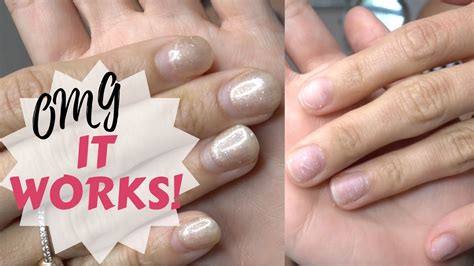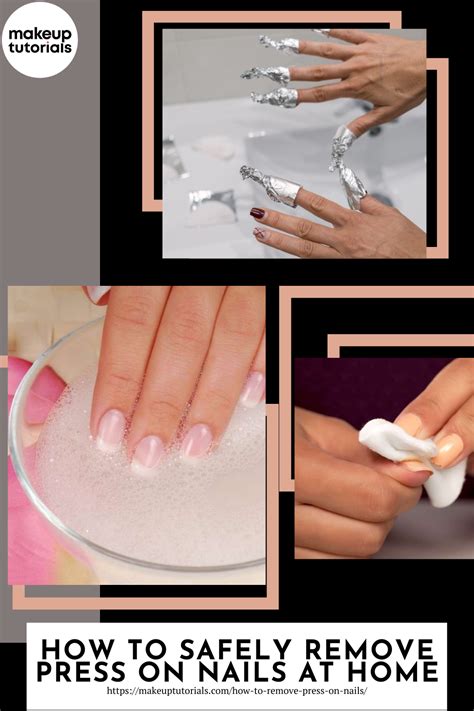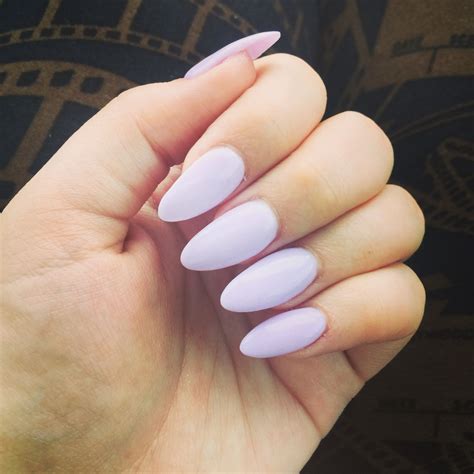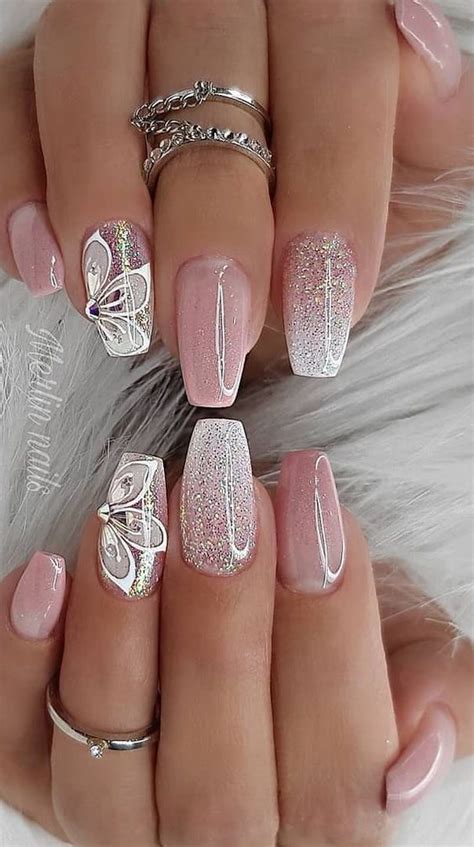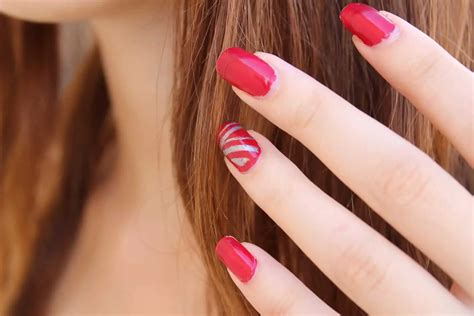Discover the risks of acrylic nails, safe removal methods, and aftercare tips for nail health. Expert advice on understanding and maintaining acrylic nails.
Understanding Acrylic Nails
Contents
Acrylic nails are a popular choice for those looking to have long, beautiful nails without the wait. These artificial nails are made of a mixture of liquid monomer and powder polymer that hardens when exposed to air. They are known for their durability and ability to withstand daily wear and tear.
Many people choose acrylic nails for special occasions or as a regular part of their beauty routine. However, it’s important to understand that while acrylic nails can be a great beauty accessory, they also come with their own set of potential risks and drawbacks.
Understanding the intricacies of acrylic nails is crucial for ensuring that you can enjoy them without encountering any issues. From the application process to the maintenance and removal, there are many factors to consider.
Aside from looking glamorous, it’s important to be well-informed about the potential downsides of acrylic nails so that you can make an educated decision about whether they are the right choice for you.
Potential Risks and Issues
When it comes to acrylic nails, there are some potential risks and issues that you should be aware of. One of the main concerns is the damage that can occur to your natural nails underneath the acrylic. Because acrylic nails are applied with strong adhesives and require filing down of the natural nail, this can lead to weakening and thinning of the natural nails over time.
In addition to potential nail damage, there is also the risk of infection. If the acrylic nails are not properly applied or removed, this can create an opportunity for bacteria or fungus to grow underneath the nails, leading to infection. It’s important to make sure that your nail technician follows proper hygiene and sanitation protocols to minimize this risk.
Another issue to be mindful of is the potential for allergic reactions. Some individuals may be sensitive or allergic to the chemicals used in acrylic nail products. This can result in redness, swelling, itching, or other skin irritations. It’s always a good idea to do a patch test before getting acrylic nails to check for any adverse reactions.
Furthermore, wearing acrylic nails for extended periods of time can also lead to nail discoloration and dehydration. The chemicals and solvents used in the application and removal process can strip the nails of their natural oils, leaving them brittle and discolored.
Overall, while acrylic nails can be a fun and stylish way to enhance your natural nails, it’s important to be aware of the potential risks and issues associated with them. Always prioritize nail health and consult with a professional if you experience any concerns or complications.
Safe and Effective Removal Methods
When it comes to removing acrylic nails, there are a few different methods you can try. The key is to choose a method that is both safe and effective in order to avoid damaging your natural nails. One popular method is to soak the nails in acetone to soften the acrylic, making it easier to remove. Another option is to use a nail drill to carefully file away the acrylic. It’s important to note that both of these methods should be done with caution to avoid damaging the natural nails.
If you choose to soak your nails in acetone, you can do so by filling a bowl with acetone and soaking your nails for 30-45 minutes. After this time, the acrylic should be soft enough to gently push or scrape off with a cuticle pusher. It’s important to moisturize your nails and cuticles afterwards, as acetone can be very drying.
Using a nail drill requires a steady hand and some skill, so it’s best to leave this method to a professional if you are not experienced with using a drill. The drill can be used to carefully file down the acrylic until it is thin enough to gently peel off. This method should be done carefully to avoid grinding down the natural nail underneath.
Once the acrylic is removed, it’s important to give your nails some extra care to help them recover. This includes keeping them well moisturized, avoiding harsh chemicals, and being gentle with your nails to prevent any further damage. If you are unsure about removing acrylic nails yourself, it’s always best to seek the help of a professional to ensure that your nails are taken care of properly.
Step-by-Step Removal Process
Removing acrylic nails should be done carefully and gently to avoid damaging your natural nails. Here is a step-by-step guide on how to safely remove acrylic nails at home.
Step 1: Begin by cutting your acrylic nails down to the shortest length possible using a pair of nail clippers. This will make the removal process much easier and reduce the risk of breakage.
Step 2: File the top layer of the acrylic nails to remove the shiny topcoat. This will allow the acetone to penetrate the layers more effectively for easier removal.
Step 3: Soak a cotton ball in acetone and place it on top of each nail. Secure the cotton ball in place by wrapping each finger with aluminum foil. Leave the acetone-soaked cotton balls on for about 15-20 minutes.
Step 4: After 15-20 minutes, remove the aluminum foil and gently push off the softened acrylic using a cuticle pusher or orange stick. Be sure to do this gently to avoid damaging your natural nails.
Aftercare and Nail Health Tips
After getting your acrylic nails removed, it’s important to take care of your natural nails and ensure they stay healthy. One of the most important aftercare tips is to keep your nails hydrated by regularly applying a moisturizing nail and cuticle oil. This will help prevent your nails from becoming brittle and dry, which can lead to breakage.
Additionally, it’s crucial to give your nails a break from any further nail enhancements for a period of time. This will allow your nails to recover and grow freely without any added pressure or weight from artificial nails. It’s also advisable to regularly trim and shape your nails to maintain their strength and prevent any snagging or tearing.
In order to promote nail health, it’s also important to maintain a balanced diet and ensure you’re getting all the necessary vitamins and minerals to support nail growth. Foods high in protein, biotin, and omega-3 fatty acids are particularly beneficial for maintaining strong and healthy nails. Drinking plenty of water is also essential for overall nail health.
Another important aspect of aftercare for acrylic nail removal is to keep your hands and nails clean. Regularly washing your hands and keeping your nails free from dirt and debris will help prevent any potential infections or nail damage. It’s also recommended to avoid using your nails as tools and to protect them from harsh chemicals and excessive moisture.

